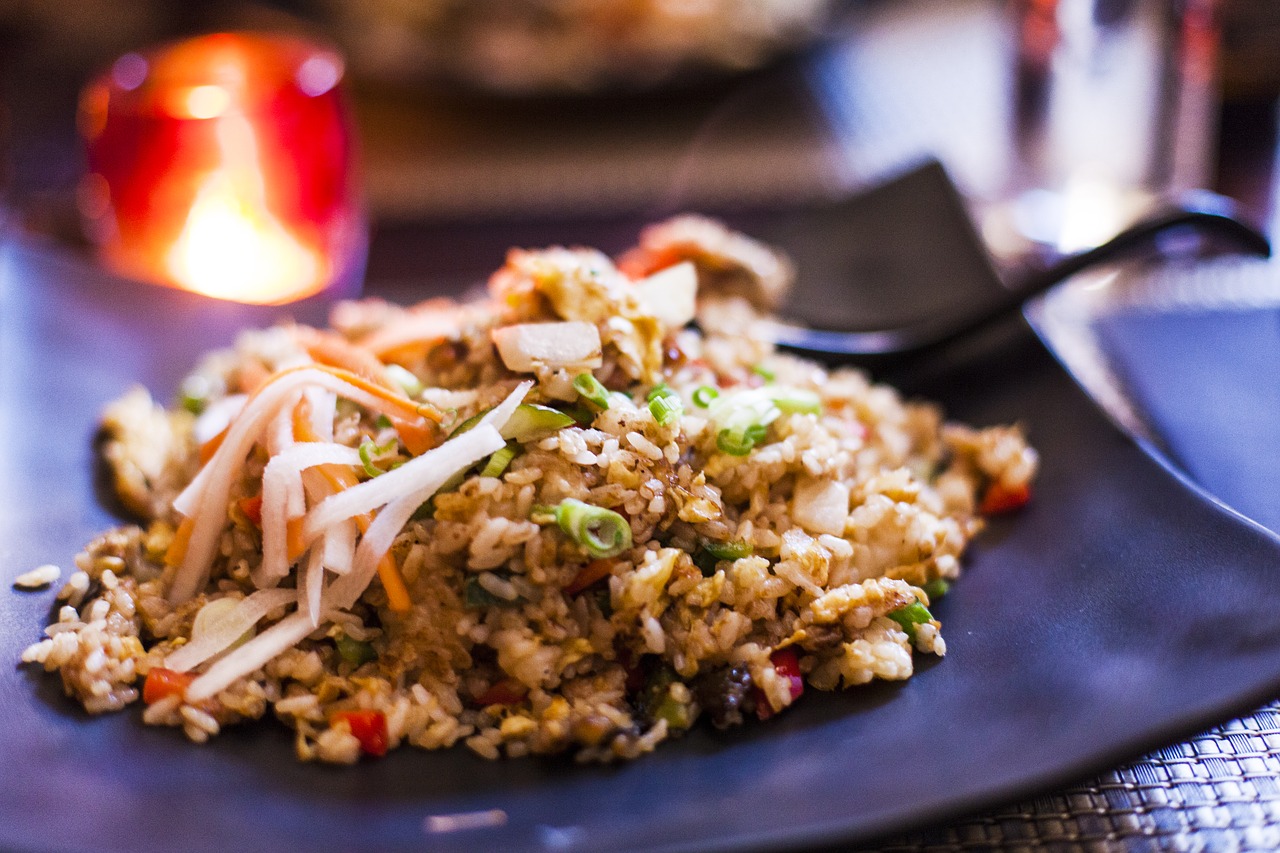Used as a flavour enhancer, monosodium glutamate (MSG) is a common ingredient in Asian cooking. It does not actually change the flavour of food, it acts on the tongue to heighten the perception of certain tastes and minimize others. It masks any unpleasant tastes and brings out agreeable flavours. MSG occurs naturally in dried seaweed more commonly, it is made from wheat or corn gluten or the liquid waste of sugar-beet refining.
In susceptible people, MSG may trigger headaches or idiosyncratic reactions. These problems however are more infrequent than is generally believed. Some people avoid MSG because they fear experiencing “Chinese restaurant syndrome”. So much so that restaurants have taken to posting signs declaring “No MSG added.”
Numerous studies around the world have failed to prove the existence of this condition. Perhaps the victims of this syndrome are reacting to other components in Chinese food. Histamine, tyramine, and phenylethylamine can all cause flushing,palpitations, and headache, and are found in black beans, shrimps, and soy sauce which are all common in Chinese cuisine.


